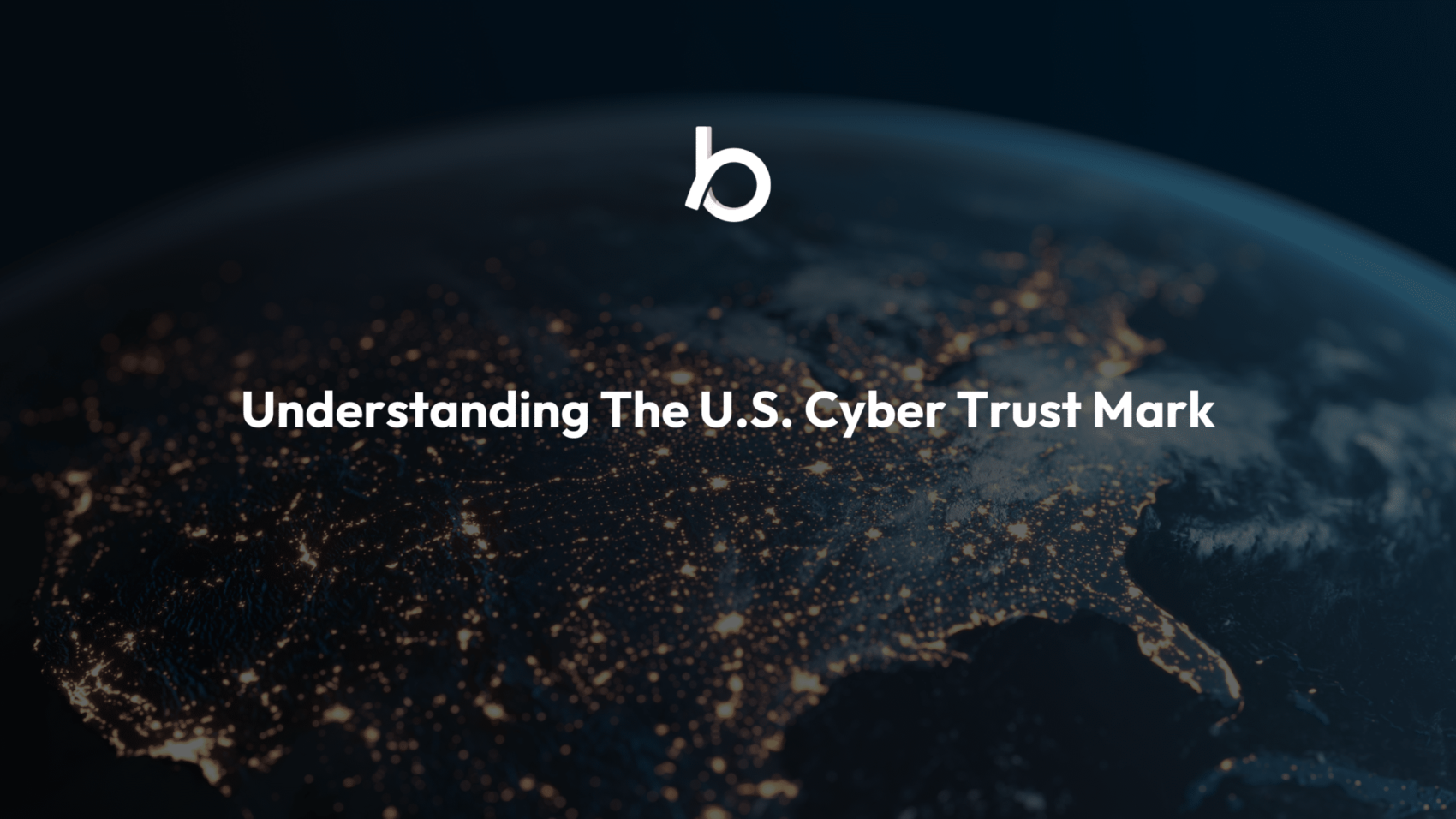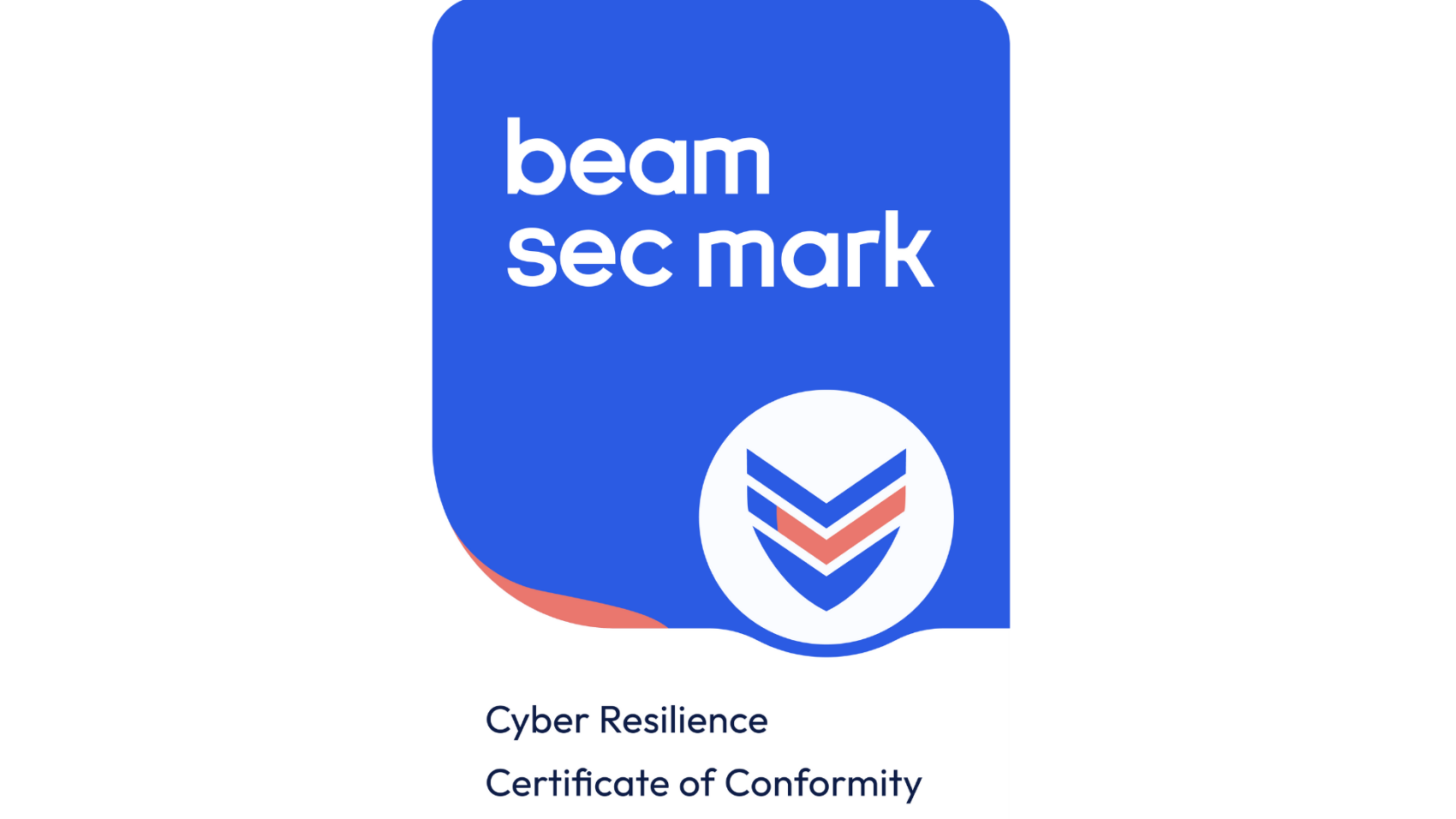Every few years, the OWASP Top 10 gets a refresh—bringing developers and security professionals up to speed with the most pressing web application security risks. As we prepare for the 2025 update, it’s a perfect time to revisit what OWASP 2021 brought to the table.
The OWASP Top 10 is one of the most trusted resources in cybersecurity—widely recognized as a foundational guide to the most critical web application security risks. It’s not just a list; it’s a reflection of how threats evolve and how our development practices must evolve with them.
What Changed in 2021?
OWASP 2021 wasn’t just a reshuffle—it introduced new risks and reframed existing ones to better reflect today’s threat landscape. Here are some of the key updates:
🔒 1. Broken Access Control (A01:2021)
Promoted to the #1 spot, this category highlights a critical and persistent issue: improper restrictions on authenticated users. A staggering 94% of tested applications were found to have some form of access control weakness. These vulnerabilities can result in users accessing data or performing actions outside their intended permissions—often without detection.
🔐 2. Cryptographic Failures (A02:2021)
Previously known as Sensitive Data Exposure, this renamed category puts the focus on underlying cryptographic issues—such as weak or misconfigured encryption—which often led to data leaks or unauthorized access.
🛠 3. Injection (A03:2021)
Although it dropped from the top spot, injections remain a serious concern. This category includes familiar vulnerabilities like SQL injection and cross-site scripting (XSS), which still appear frequently in production environments.
🧩 4. Insecure Design (A04:2021)
This newly introduced category emphasizes the need to incorporate security from the earliest stages of software development. Rather than patching problems after deployment, this shift encourages proactive measures like threat modeling, secure design patterns, and architectural risk analysis.
⚙️ 5. Security Misconfiguration (A05:2021)
Moving up from its previous position, this category highlights how complex environments often lead to unsafe default configurations, open ports, unnecessary features, and outdated components—creating easy entry points for attackers.
📦 6. Vulnerable and Outdated Components (A06:2021)
Previously “Using Components with Known Vulnerabilities,” this updated title reflects the growing risk of relying on outdated third-party libraries, open-source modules, and external services. With modern applications built on stacks of dependencies, the risk of unpatched or unverified code has never been higher.
🔐 7. Identification and Authentication Failures (A07:2021)
This category expands upon “Broken Authentication,” covering weaknesses in session handling, multi-factor authentication, and user identity management—key areas that attackers commonly exploit.
🔄 8. Software and Data Integrity Failures (A08:2021)
A new category addressing trust assumptions in software updates and CI/CD pipelines, including issues like insecure deserialization and supply chain attacks. The addition came at a time when global supply chain threats—such as the SolarWinds breach—were making headlines.
📉 9. Security Logging and Monitoring Failures (A09:2021)
Often overlooked, this category focuses on the need for robust logging and alerting mechanisms. Without proper logging, incidents may go unnoticed until it’s too late—affecting response times and post-breach analysis.
🌐 10. Server-Side Request Forgery (SSRF) (A10:2021)
Introduced based on community input, SSRF vulnerabilities occur when attackers can trick a server into sending requests to unintended destinations. In cloud environments, this often allows access to internal services or metadata.
Why the 2021 List Still Matters in 2025
Although technology evolves rapidly, many of the risks identified in 2021 remain unsolved today. The rise of cloud-native applications, microservices, and API-first design has expanded the attack surface and made vulnerabilities more difficult to track and contain.
Threats like access control issues, outdated dependencies, and insecure design are still widespread in production environments. And in a world where AI-generated code and automated development pipelines are on the rise, these foundational security principles are more important than ever.
At BEAM Teknoloji, we believe that understanding and applying the OWASP Top 10 is a critical first step in building secure, resilient systems—especially in high-risk sectors like finance, telecom, public services, and defense.
Looking Ahead to OWASP 2025
So, what can we expect from OWASP 2025?
While the official release is still in development,these transformations mirror critical industry shifts:
- AI/ML Risks: Proliferation of generative AI in coding (GitHub Copilot, etc.) and ML model deployment
- API Focus: Modern apps built as microservices with 300+ APIs on average per organization
- Cloud Complexity: 80% of breaches now involve cloud misconfigurations (Gartner)
- Identity Attacks: 61% increase in credential stuffing (2023 Verizon DBIR)
- Edge/Supply Chain: SolarWinds-style attacks and IoT/OT convergence
Final Thoughts
The OWASP Top 10 is not a checklist—it’s a mirror that reflects where our security efforts are falling short. As we await the 2025 edition, reviewing what we’ve learned from 2021 is a chance to refocus, reassess, and rebuild smarter.
📌 Curious about how your development team can apply OWASP insights to real-world projects?
🔗 Visit owasptopten.org to explore the full list.
Or reach out to us at BEAM Teknoloji—we’re here to help you stay one step ahead of the next security challenge.











